
Józef Potocki was a Polish nobleman (szlachcic), magnate, Great Hetman of the Crown.

Cezaria Jędrzejewiczowa, or Cezaria Anna Baudouin de Courtenay Ehrenkreutz-Jędrzejewiczowa, (1885–1967) was a Polish scientist, art historian, and anthropologist. She was one of the pioneers of ethnology in Poland and one of the first scientists to adopt phenomenology in studies of folk culture.
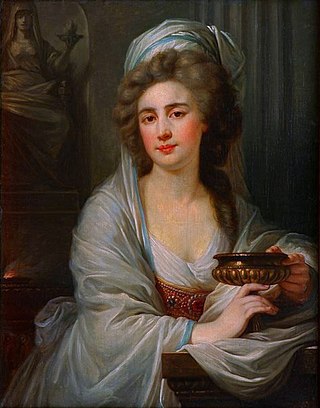
Sofia Potocka née Clavone was a Greek slave courtesan and a Russian agent, later a Polish noblewoman. She was famous in contemporary Europe for her beauty and adventurous life. During the Russo-Turkish War she was the lover of the Russian commander Prince Grigory Potemkin and acted as an agent in Russian service.
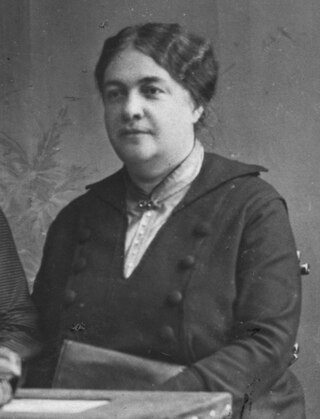
Joanna Narutowicz née Billewicz was a Polish-Lithuanian educational activist and the last owner of the Brėvikiai Manor (Lithuania). Born to the Billewicz family, she was a cousin to Poland's first chief of state Józef Piłsudski and General Leon Billewicz. She married Stanisław Narutowicz, a signatory of the Act of Independence of Lithuania, with whom she ran several cultural facilities. Notably, she headed the gymnasium for girls in Telšiai. She was also the chairperson of the last Polish gymnasium in Kaunas, Lithuania. She left Lithuanian SSR after World War II and settled in Warsaw. She died there and was buried at Powązki Cemetery.
Operation Wieniec was a large-scale World War II anti-Nazi Home Army operation. It took place on the night of 7 to 8 October 1942, targeting rail infrastructure near Warsaw. Similar operations, aimed at disrupting German transport and communications in occupied Poland, occurred in subsequent months and years, targeting railroads, bridges and supply depots, primarily near transport hubs such as Warsaw and Lublin.

Grzegorz Przemyk was an aspiring Polish poet from Warsaw, who was murdered by members of the Communist police force, the Milicja Obywatelska. His killing was one of many such politically motivated murders perpetrated against democratic opposition by the Communist regime of Poland during the martial law period.

Anna Zakrzewska served with the Polish underground army as a courier and a medical orderly. She was killed in the course of desperate combat during the Warsaw Uprising.

Powązki Military Cemetery is an old military cemetery located in the Żoliborz district, western part of Warsaw, Poland. The cemetery is often confused with the older Powązki Cemetery, known colloquially as "Old Powązki". The Old Powązki cemetery is located to the south-east of the military cemetery.

Homosexuality has been legal in Poland since 1932. However, homosexuality has been a taboo subject for most of Poland's history, and that and the lack of legal discrimination have often led to a lack of historical sources on the subject. Homophobia has been a common public attitude in Poland because of the influence of Catholic Church in Polish public life and the widespread social conservatism in Poland. Homosexuality in Poland was decriminalized in 1932, but criminalized following the 1939 Soviet and Nazi Invasion.
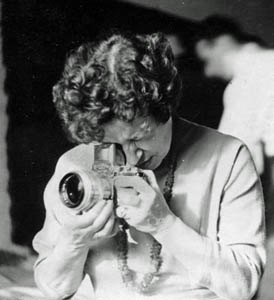
Zofia Rydet was a Polish photographer, best known for her project "Sociological Record", which aimed to document every household in Poland. She began working on "Sociological Record" in 1978 at the age of 67, and took nearly 20,000 pictures until her death in 1997. Many of the pictures remain undeveloped. The photographs are predominantly portraits of children, men, women, couples, families and the elderly amidst their belongings. Rydet tended to photograph her subjects straight-on, using a wide-angle lens and a flash.

Kazimiera Iłłakowiczówna was a Polish poet, prose writer, playwright and translator. She was one of the most acclaimed and celebrated poets during Poland's interwar period.

Maria Wojciechowska, née Kiersnowska, was the First Lady of Poland from 1922 to 1926 as the wife of President Stanisław Wojciechowski.
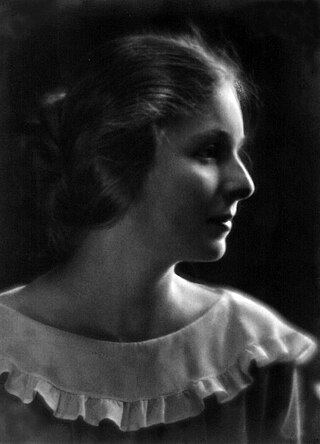
Zofia Wojciechowska-Grabska was a Polish painter. She was the daughter of President of Poland Stanisław Wojciechowski and First Lady Maria Wojciechowska.

Witold Smętek was a Polish athlete, javelin thrower, runner, handball player, table tennis player, Polish champion and record holder. Born intersex and assigned female at birth, in 1937 Smętek transitioned to male.

Stanisław Horno-Popławski (1902-1997) was a Russian-Polish painter, sculptor and pedagogue.

The Służew Old Cemetery is a Roman Catholic cemetery in the area of Stary Służew in the Ursynów district of Warsaw, Poland.

Anna Leska was a Polish pilot certified to fly gliders, balloons and aeroplanes. She was one of the two first Polish woman pilots to join the British Air Transport Auxiliary, the other being Stefania Wojtulanis-Karpińska.
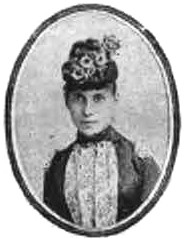
Romualda Baudouin de Courtenay, née Bagnicka was a Polish historian, specialist in Polish-Russian affairs, and author of books, diaries and journalistic articles. She was married to noted linguist Jan Niecisław Baudouin de Courtenay.

Józef Ludwik Wolff was a Polish historian, bookseller, heraldist and genealogist.
Wartołowska Zofia,, was Polish archaeologist, head of the Early Middle Ages Department of the Chair of Ancient and Early Modern Archaeology, and alter the head of the Early Middle Ages Department of the Department of Prehistoric and Early Medieval Archaeology at the University of Warsaw



















